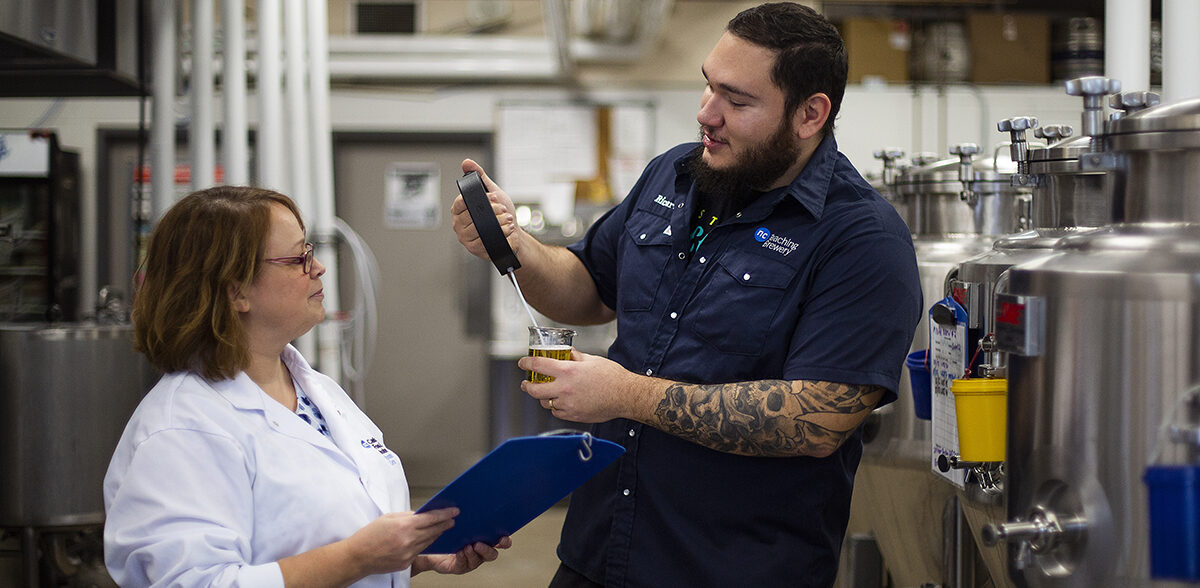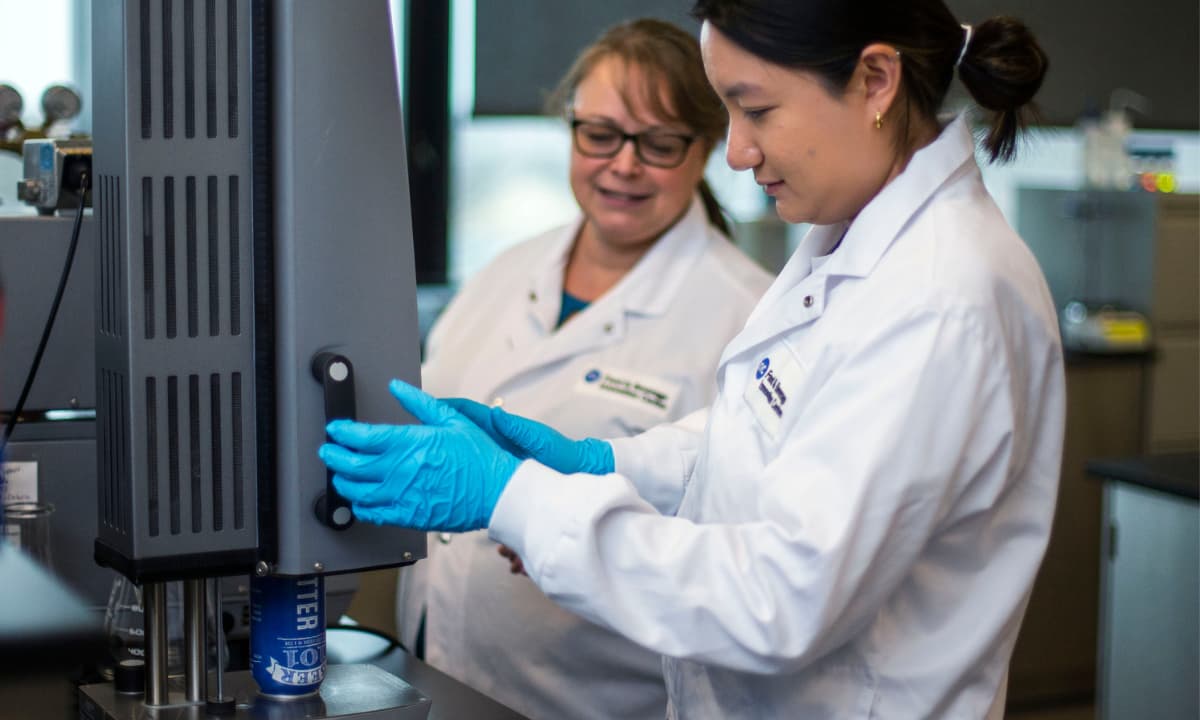The research team at the Walker Advanced Manufacturing Innovation Centre (WAMIC) recently acquired a Polysher Edition 2 by Polymaker to add to its suite of capabilities in 3D printing and additive manufacturing.
The Polysher is a unique desktop finishing chamber used to smooth out edges, soften or remove print lines, and polish the exterior surface finish of 3D-printed parts with Polymaker’s PolySmooth material. After some trial and error, the Polysher has proven itself to be a valuable tool.
The Polysher uses an isopropyl alcohol mixture to create a mist inside its chamber. A platform in the centre of the chamber slowly rotates, allowing for your 3D-printed part to be coated evenly in a fine mist that polishes and smooths your model to the desired finish. The use of this machine allows 3D printers to finish their small- to medium-sized prints hands free; however, every product or process has upsides and downsides, and the Polysher is no different.
I spent some time running a variety of tests to determine how to achieve the best possible results when using the Polysher. The variables considered for these tests were time of exposure, purity of alcohol used, and drying conditions. For each test, the variables were adjusted so that we could find not only how to do it best but also what not to do while using this machine. Below is a breakdown of everything you need to know when deciding if this finishing product is right for you.





